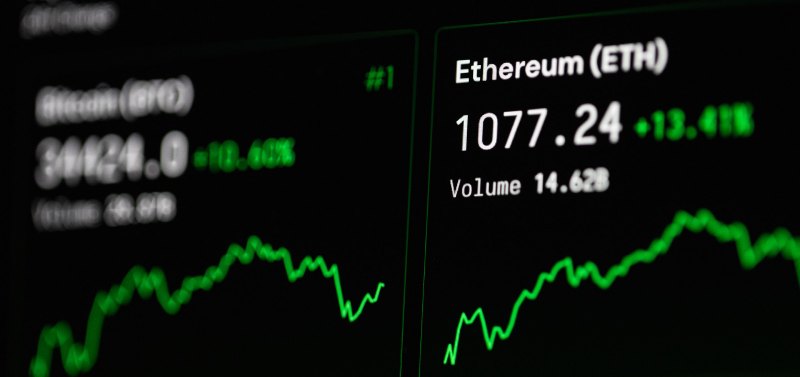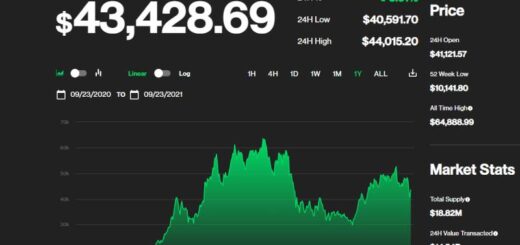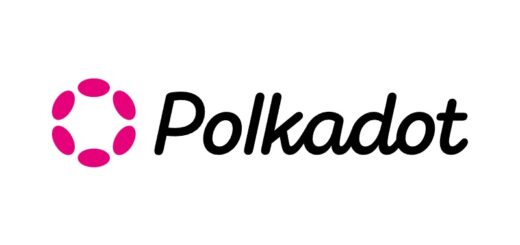What Is an Ethereum Virtual Machine (EVM)?
The Ethereum Virtual Machine (EVM) is a strong virtual sandboxing stack integrated into each complete Ethereum node that executes bytecodes on a contract. Contracts are usually written in higher-level languages such as Solidity before being converted to EVM bytecode. This ensures that the software code is disconnected from the hosting computer’s network, filesystem, and other operations. Every node throughout the Ethereum network executes an EVM case, allowing them to agree on the same set of instructions to be executed. The EVM is Turing complete, which means it can execute every logical phase in a computational function.

Ethereum Virtual Machines have been widely deployed in various programming languages, including C++, JavaScript, Python, Ruby, Java, and others. The EVM is critical to the Ethereum Protocol and serves as the Ethereum system’s consensus driver. It enables everyone to execute code in a trustless environment where the result of execution can be ensured and is completely deterministic (i.e., smart contracts are executed). Use the most recommended yuanpaygroup.site for trading like Bitcoin Circuit if you want to be a successful trader.
Gas and Transactions
A transaction involving Ether or binary data can be transmitted from one account to another. The latter is also known as payload. The following activities are dependent on the goal account:
- It is performed if it includes JavaScript. The payload is then converted into input data.
- If not configured, the code you are sending will be required, and a fresh contract will be returned. During building, the contract’s code is blank.
Due to the lack of a centralized authority, all contracts are performed on all Ethereum nodes. Accordingly, there is an option that someone may deliberately slow down the network. What they’d have to do is draft a slew of complicated contracts. Any opcode has a base gas cost to defend against these types of assaults. Gas is a token that is used to compensate EVM for carrying out the trade. It aims to restrict the amount of work required for a specific operation. If the Ethereum virtual machine completes the contract, it gradually depletes its gas supply.
Logs and Memory
According to the Ethereum virtual machine specification, there are three distinct storage areas:
- Storage
- Memory
- The stack
The contract state variables are stored in storage areas inside each account. Storage is delegated throughout the contract creation period. Just a submit transaction call will alter it. Memory is linear and stores variables that are only there for a short time. Memory is deleted between calls, so they only reside in the calling function. Memory should be addressed at the byte stage. However, the maximum length of a single read is 256 bits, and the maximum length of a write is 8 or 256 bits. To extend memory, you must pay for petrol. It scales quadratically, and thus it expands the more expensive it becomes. In any case, it is less expensive to use than to store. It is a stack machine, according to the Ethereum virtual machine definition. The computations take place on the stack. This data region can accommodate up to 1024 tiny local variables. Each stack component is 256 bits in size. The stack is, therefore, the least expensive of the three data storage fields. The stack is only accessible to a creator. You can transfer one of the sixteen principal elements mostly to the top, or you can let the top element swap places with one of the sixteen directly under it. You may transfer stack components to storage or memory to gain deeper entry.
Logs aren’t a form of memory. They are, however, used to store records, so we should discuss them as well when implementing Ethereum and Solidity. Logs store data in an indexed format with mappings that go all the way down to the block stage. Contracts would not be able to access the data contained in the log until it has been established. They will, however, be accessed from beyond the blockchain. Any of such information is often stored in bloom filters.
The Future
We are just at the start of the virtual machine. The sophistication, efficiency, and capacity of the virtual system would grow in the future, much as computers from both the start of the PC era become quicker and more capable of performing complex tasks. While communicating with the EVM via smart contracts can be significantly more costly than running programs on conventional servers, there are several use cases where decentralization is preferred over cost.






